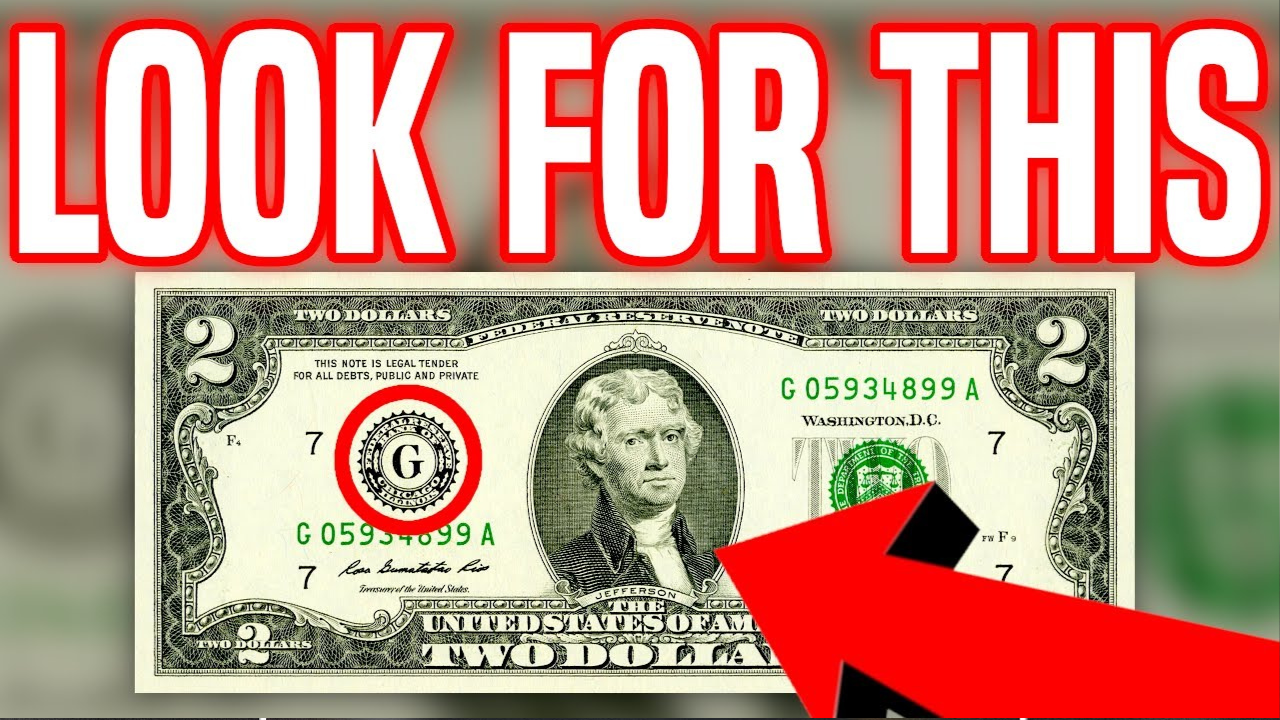The Rare Bicentennial Quarter: Sometimes even the smallest pieces of change can hold big surprises. For most people, a coin is just 25 cents—enough to put money in a parking meter or buy a piece of gumball. But what if one of those seemingly ordinary coins was actually worth billions?
This is the story of a rare Bicentennial coin, rumored to be worth $2.5 billion. While this figure seems almost unbelievable, coin collectors know that rare variations, minting errors, and historical significance can elevate a coin’s value to astonishing levels.
Bicentennial Quarters: A Piece of American History
Bicentennial quarters were minted in 1975 and 1976 to commemorate the 200th anniversary of the United States’ independence. Unlike the typical quarters with eagle designs, the Bicentennial edition features a unique obverse: a colonial drummer boy surrounded by 13 stars, symbolizing the original colonies.
More than 1.6 billion of these coins were minted, making them quite common. Even today, you can find them in circulation. Although most Bicentennial quarters are worth only 25 cents, some rarer versions—due to minting errors, special editions, or metal content—are extremely valuable.
Why is a quarter coin worth $2.5 billion?
So how could a quarter coin be worth $2.5 billion? According to numismatics, a particular coin has several unique properties:
- Minting Defects – Coins with double dies, off-center strikes, or misprints are rare, and flawed coins are highly valuable.
- Composition – While standard Bicentennial coins were copper-nickel, some were minted with 40% silver. Some experimental versions are believed to have unique compositions, further increasing their rarity.
- Condition – Coins graded MS-68 or higher (mint condition) are extremely rare and command many times higher prices.
- Rarity of Type – If a unique specimen exists, it could theoretically be valued at auction for billions of dollars.
Although no coin has officially sold for $2.5 billion, collectors use this figure to emphasize the rarity and potential value of the most exceptional Bicentennial coins.
Everyday Treasure Hunt
Excitingly, Bicentennial coins are still available, even alongside the money in everyday pockets. Although most coins are only worth their face value, finding a rare coin in circulation can be life-changing.
Collectors recommend checking for the following:
- Mint markings (look for “S” for San Francisco Proof coins).
- Details on the reverse of the design—Any duplication or misalignment may indicate a flawed coin.
- Edge—Silver coins weigh more and have a solid silver-colored edge instead of a copper stripe.
Frequently Asked Questions
Q 1: Are 1976 Bicentennial coins rare?
Most coins are not rare, as millions were minted. However, some silver proof and error versions are valuable.
Q 2: How can I determine if my Bicentennial coin is silver?
Weigh the coin—silver coins weigh approximately 5.75 grams, while copper-nickel coins weigh approximately 5.67 grams. Furthermore, silver coins do not have the orange copper line on the edge.
Q 3: Could the Bicentennial coin really be worth $2.5 billion?
The $2.5 billion value is more of a numismatic legend than a documented auction result. Nevertheless, rare coins can indeed sell for millions of dollars.
Q 4: If I find a valuable coin, where can I sell it?
Auction houses, coin dealers, and professional grading services like PCGS or NGC are best suited for you.
Q 5: Should I clean old coins before appraising them?
No. Cleaning coins can reduce their value. Always leave them in their original condition and leave the grading to professionals.
Final Thoughts
The story of the $2.5 billion Bicentennial quarter reminds us that history and value can be hidden in plain sight—even in your loose change jar. Although most of these quarters aren’t worth much more than their face value, the prospect of finding a rare and valuable quarter continues to excite both collectors and the public.
So, the next time you find a quarter at the grocery store or pull one out of your car’s cup holder, take a close look. You might be holding a small piece of American history—and possibly, a life-changing fortune.
Disclaimer
This article is for informational and educational purposes only. The $2.5 billion valuation mentioned is based on collector speculation and numismatic knowledge, not on any confirmed market sales. Most Bicentennial coins are worth only 25 cents. Only exceptionally rare editions, such as flawed coins or silver proofs in excellent condition, can hold significant value. If you suspect you have a rare coin, always consult a certified coin appraiser or grading service before buying or selling.
Would you like me to also create a price comparison table showing regular Bicentennial quarters vs. silver proof vs. error coins, so readers can immediately spot the difference?





